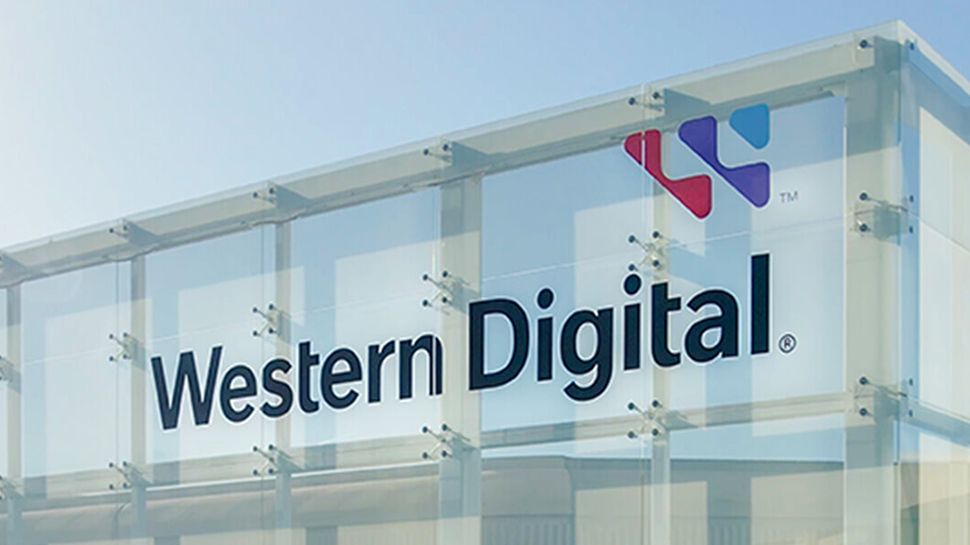During Western Digital’s recent Q3 earnings call, CEO David Goeckeler disclosed that the ever-growing need for higher capacity and speedier data access from customers across the world is pushing the company to expand its solid-state capacities.
The company chalked up a profitable quarter, with revenues soaring over forecast to $3.46 billion, a 29% YoY rise. The company managed to turn around a streak of losses, reporting a $135 million profit. These achievements are in stark contrast to rival Seagate, which posted an 11% YoY reduction in its revenues to $1.66 billion.
Goeckeler underlined that Western Digital’s improved financial performance was a result of the company’s efforts to offer a more diversified product range. He also said that WD was committed to delivering larger SSD capacities off the back of growing demand for AI-related applications. He said customers “want them [SSDs] in much bigger capacity points, 30- and 60-terabyte capacity points.”
HAMR HDD technology
Reporting on the third quarter results, Blocks & Files wrote “WD currently ships DC SN640 TLC PCIe gen 3 SSDs with up to 30.72 TB capacity and PCIe gen 4 SN650 and 655 drives with 15.36 TB. We now expect 60 TB SSDs to be announced by WD later this year.”
Without going into details of the exact capacities being worked on, Goeckeler said the company was expanding the size of the drives in line with what customers were demanding, stating WD is “increasing capacity and going through a qualification on that. So, we’re in that process with customers.”
He also discussed hard-drive recording (HAMR) technology, including the issues surrounding it, stating, “we’ve been working on HAMR for quite some time. We understand HAMR extremely well. We understand all the issues with HAMR, and what it takes to get it qualified. Clearly, we’re doing that all behind the scenes, because we have a product portfolio with the best TCO we can offer in the market today, and we can do that all the way up to 40 terabytes.” Western Digital’s rival Seagate recently announced the results of an experimental test that showed one of its hard drives using HAMR could run continuously for over 6,000 hours.





